1xBet’s Most Fascinating Stories About Football Boots
by Joseph King | by Joseph King
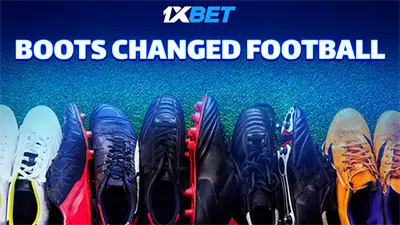
There’s no doubt that a footballer’s boots play an important role in his success on the field. For something that is an essential part of every player’s arsenal, it’s often an overlooked element of the game. However, the business of football boots is a massive one which has seen a number of key innovations over hundreds of years. These changes have helped mold the game to the fantastic spectacle that it is today. Below we’ve compiled a list of stories that should serve to bring some recognition to the unsung heroes on our feet when we take to the pitch.
Bet on all of your favorite matches here!
Boots Fit For a King
King Henry VIII was an avid sports fan and it is believed he would often partake in football competitions, especially in his younger days. Of course, the game back then was much different to what we see today – it was quite a brutal sport in the 16th century.
The King had himself fashioned what is likely to be the first ever pair of football boots. These were referred to as “sotular” and each boot weighed in at around one kilogram. Cathrine of Aragon, King Henry VIII’s first wife, paid four shillings for the football boots – which would work out to be about $1,350 today.
Click here to claim your bonus!
The Introduction of Metal Spikes
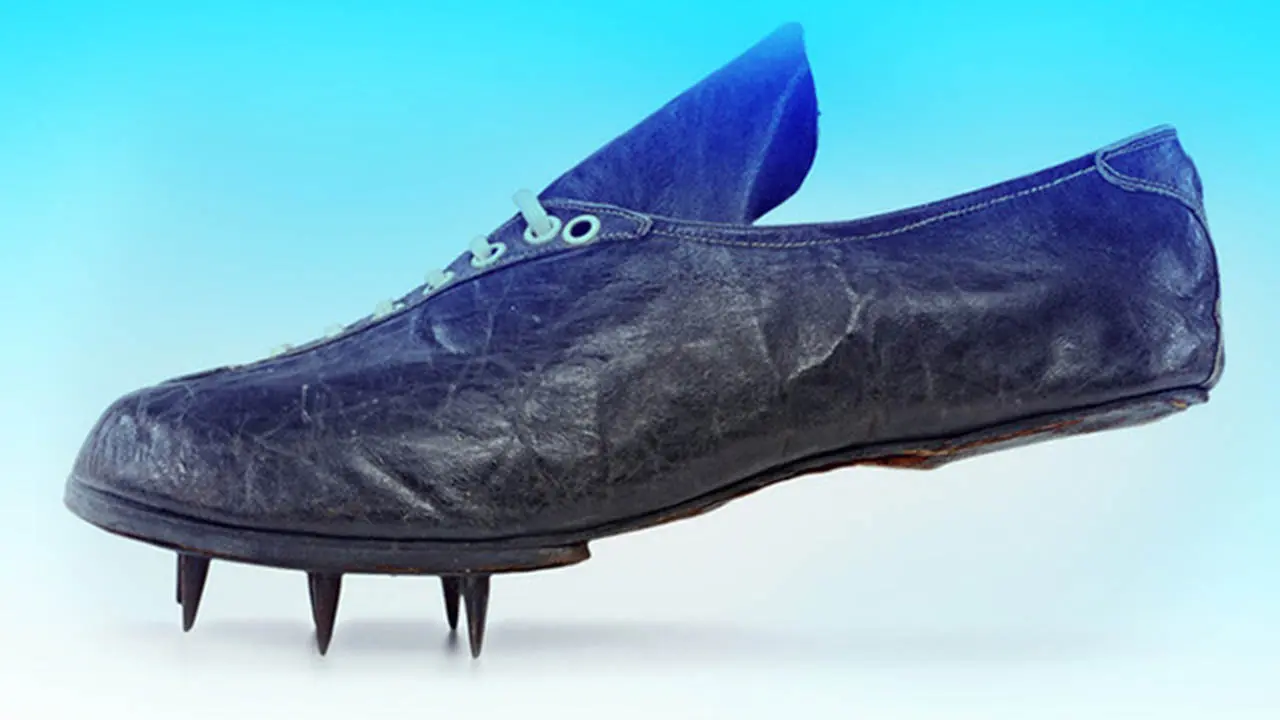
Let’s fast forward about 300 years. Football boots didn’t see much innovation during this time – they were largely just ordinary footwear. Slight changes were made, such as making them a bit lighter, but we were still yet to see that first spark to spur on the evolution of football boots. That would change early in the 19th century when metal spikes were implemented onto the bottom of the shoe. As you can imagine, this caused a great deal of controversy. In what was already an incredibly physical game by today’s standards, players were now picking up additional injuries due to the metal spikes. This would ultimately lead to the FA banning the use of football boots with metal spikes in their first officially published rules in 1863.
During that time, many players began experimenting with weighting their boots to gain a competitive advantage. This led to the rules stating: “It is forbidden to play in boots with protruding rods, metal inserts or gutta-percha on the sole.” Players would have to wait another 28 years until the FA finally permitted the use of spikes on the bottom of football boots. However, two conditions were installed: they must be made of leather and their length was not to exceed half an inch. Fabricators of football boots during that time would nail the leather spikes to the sole of the shoe in a look that would become a staple heading into the 20th century.
Find the best football betting odds here!
Stanley Matthews and the 1950 World Cup
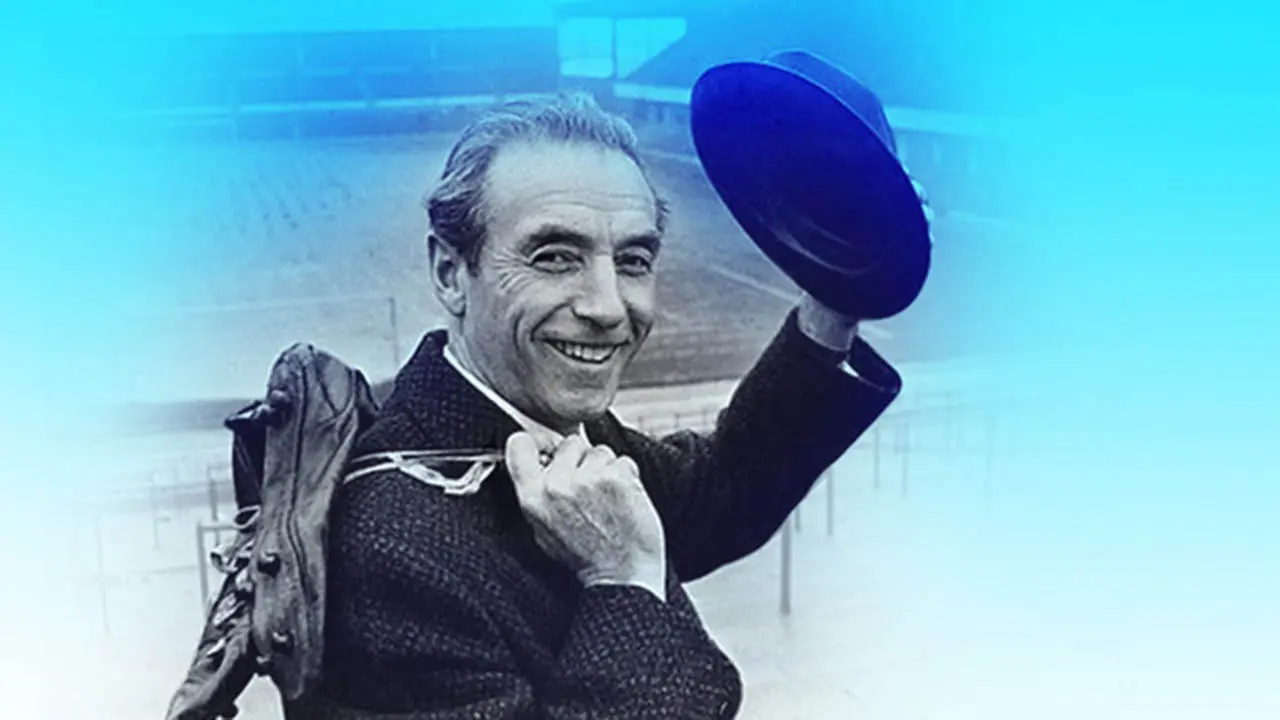
The 1950 World Cup hosted by Brazil, the fourth edition of the now famous international tournament, would see England participate for the first time. The British perhaps suffered from a spell of overconfidence as their title-winning expectations were quickly crushed. Losses to the United States and Spain ensured that England would exit in the group stage in their World Cup debut. Despite the disappointing finish, England winger Stanley Matthews would not leave Brazil empty-handed. Matthews was reportedly fascinated with the lightweight boots that the Brazilian national team took to the field in – a style drastically different to that of his England teammates. This would lead Matthews buying a pair of his own when walking around Rio de Janeiro.
Matthews would greatly benefit from his souvenir brought home from Brazil as he had his own model based around the lightweight boots and comfortable boots. This would prove to ultimately extend Matthews’ career who, despite being 35 years old at the time, would go on to lift the Golden Ball award in 1956 at 41 years of age. Playing in his new model boots, Matthews would also go on to be named the Football Player of the Year in 1963 before hanging them up in 1965 at the age of 50. Stanley Matthews’ impact on the game inspired a new generation to adopt the lighter models of football boots.
Follow this link to claim your welcome bonus!
The Miracle of Bern
The Hungarian national side of the 1950s was truly one of world football’s most iconic teams. An unbeaten run of 31 games from 1950 to the 1954 World Cup would earn the squad the nickname of the “Golden Team”. During that time, Hungary would win the Olympic Games in 1952 and dish out a 6-3 defeat and a 7-1 defeat to an England squad many considered to be untouchable. Hungary was looking invincible during this time and was the consensus favorite to claim the 1954 World Cup title in Switzerland.
However, that would all change in the final hosted in Bern in what is considered to be one of the greatest matches in World Cup history. Germany (playing as West Germany at the time) had already met up with Hungary in the group stage and had suffered a heavy 8-3 defeat. They were, understandably, sizable underdogs to put a stop to Hungary’s dominating run. Everything was going to plan for the Hungarians who raced out to a 2-0 lead in the first eight minutes of play in the rainy weather at the Wankdorf Stadium. Germany would then go on to pull off one of football’s greatest comebacks, battling back to 2-2 before scoring the eventual winner in the 84th minute to achieve a 3-2 win. Many credited a factor to the German team’s success on their state-of-the-art Adidas boots which contained long spikes.
Brand founder Adi Dassler was tasked with selecting the football boots that the German team would wear for the World Cup as he was friends with manager Sepp Herberger. He decided upon the Argentina model that contained interchangeable spikes of differing lengths. This allowed Germany to gain an advantage in the final by selecting long spikes for their boots as the weather forecast had predicted rain. Reports would later show that, even with the longer spikes installed, Germany’s boots still weighed only half of the boots that the Hungarian players took to the field in.
What’s interesting to note is that two years prior to the famous 1954 World Cup final, Adi’s brother Rudolf Dassler developed what he labeled the Super Aom boots that featured interchangeable spikes. Rudolf, who would go on to found Puma, wanted Germany to pay him for their use of his model. As such, Adi Dassler is the brother that would go down in history as helping Germany win its first ever World Cup.
Bet on all of your favorite matches here!
The Broken ‘Pele Pact’ That Changed Football Advertising
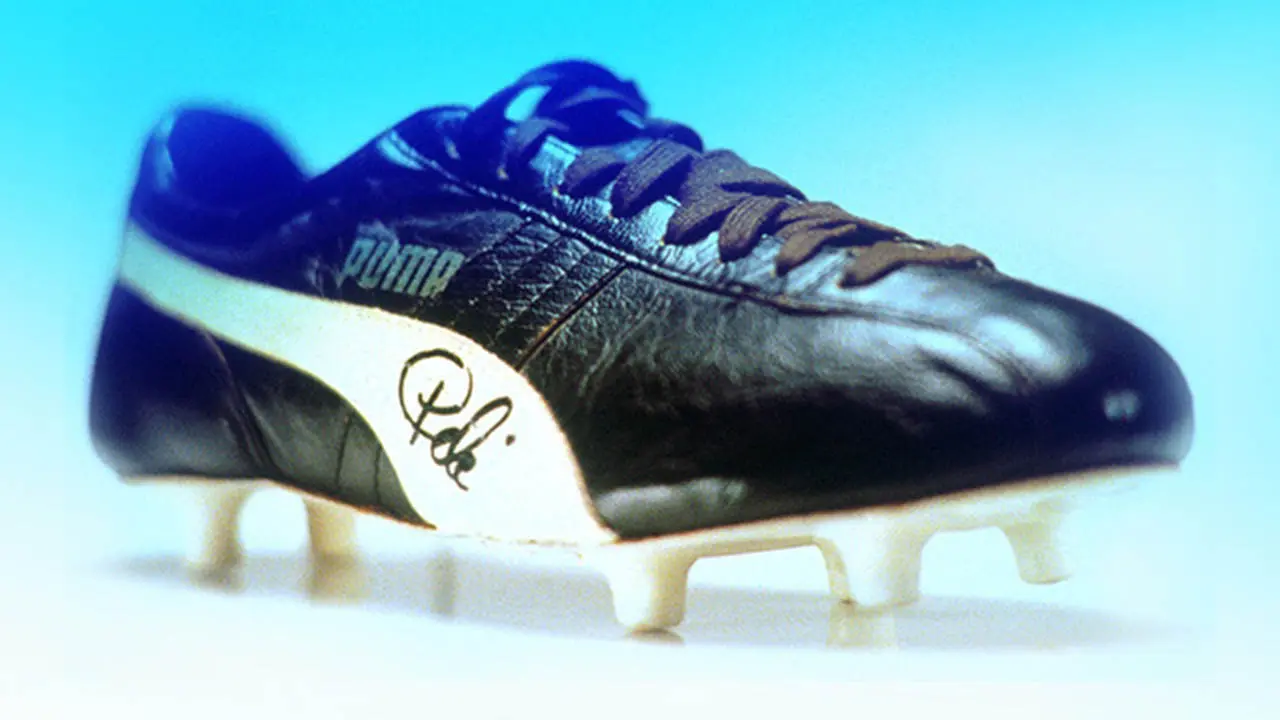
The 1960s saw the rise of one of football’s best ever players, Pele. During this time, the Brazilian sensation was considered to be on the same level of worldwide fame as the Beatles and Audrey Hepburn. Pele’s face would pop up in countless magazines, advertising everything except for alcohol and cigarettes, as he did not want to set a bad example for children.
Naturally, this would lead to all of the major players in the football shoe industry vying for the right to have the “King of Football” lace up their boots on a regular basis. Prior to the 1970 World Cup, Puma and Adidas entered into an agreement not to sign Pele in what would go on to be known as the “Pele Pact”. The idea was that any brand that signed the King would drive up the prices in the market to the point that it would harm the industry as a whole.
Despite this agreement in place, Puma would go on to breach the pact just before the start of Brazil’s quarter-final matchup with Peru. In a now famous image, Pele would ask the referee to delay for a moment just before the kick off to lace up his boots. The camera close up showed that the boots the Brazilian superstar was tying were none other than Pumas.
It turned out that Puma representative Hans Henningsen was discussing deals with the entire Brazilian national team except for its brightest star. Hans would tell Pele of the pact but took the risk of offering the King $25,000 to wear Puma boots for the remainder of the tournament and $100,000 for a four year contract. Adidas, of course, were furious but Pele had agreed to the terms.
Henningsen would inform the higher-ups at the company of the once-in-a-lifetime deal that had been struck with Brazil’s most famous player. Founder Rudolf Dassler agreed, believing that Adidas had unfairly bypassed Puma in 1954 when supplying the German national team with their football boots. Puma would begin to fabricate and distribute worldwide the model boot that Pele had played in, now referred to as the Puma King.
Bet on footballs biggest matches here!
The Copa Mundial Achieves Massive Success
The final football shoe model that Adi Dassler would personally provide input for was named the Copa Mundial boots. Fabrication began in 1979 with the goal that, come the 1982 World Cup, many of the best players in the game would don them. Franz Beckenbauer and Diego Maradona are two such players to grace the field with the Copa Mundial boots on their feet. In addition, a young Zinedine Zidane would wait an entire year until his father had saved up enough money to buy his son a pair of the Copa Mundials.
This model of boot increased the number of spikes from six to 12 to provide players better traction on the pitch. However, there was another revolutionary aspect of the Copa Mundial boots that hadn’t been seen before. Kangaroo leather was used, which was a much softer and elastic material that allowed for the boot to perfectly form to the shape of the foot. It also worked out as a convenient marketing ploy, as the company would play on the Kangaroo’s renowned jumping ability. The Copa Mundial would go on to become the best-selling football boots in history and are still in production today.
Place your bets by following this link!
Craig Johnston and the Adidas Predator
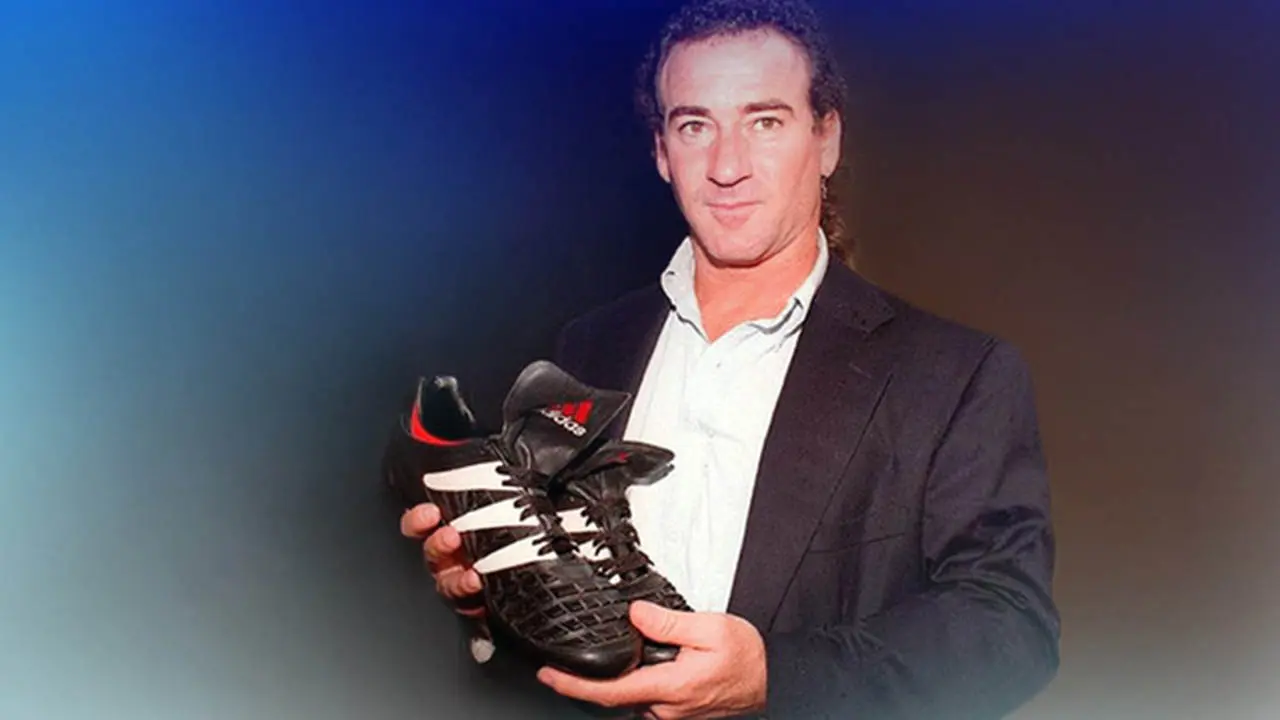
South African-born midfielder Craig Johnston achieved five Premier League titles and a Champions Cup trophy in his eight years with English giants Liverpool. At 28 years old and already with a tremendous resume, Johnston surprisingly decided to retire. The reason was that his sister, who lived in Australia, needed care. Johnston valued his family’s well-being far more than any title and ultimately hung his boots up in 1988.
While he was in Australia, Johnston showed his propensity for ingenuity by fashioning his own version of a surfboard. He also began work on the development of a safer, more effective football boot which would ultimately go on to win him worldwide recognition in 1994. The former Liverpool man was concerned with the current state of player injuries in the game. He felt that the version of football boots that most players were using at the time caused excessive stress on the knees. His solution was a football boot model that utilized smaller, oval spikes which wouldn’t dig into the ground. Johnston also introduced a rubber coating towards the upper part of the shoe which resulted in better grip of the ball.
His idea for the leather coating came about when Johnston was coaching a team of schoolkids in Australia. He asked his players to think of their feet as if they were two table tennis paddles, to which one of the kids responded that their boots are made of leather and not rubber. Johnston would test his idea by removing the rubber padding off of a table tennis paddle and wrapping it around his own shoe. Once it started to rain, Craig Johnston was affirmed in his beliefs after experiencing the improved control he had when striking the wet ball.
However, it would still take time for the five-time Premier League winner to see his prototype finally picked up by one of the major brands. Johnston was turned down by Adidas, Puma, Nike, Umbro and Reebok but he remained determined, convinced in his idea that his football boot could bring the game forward as a whole. It was only until Johnston asked the legendary Franz Beckenbauer and other German football legends to try out his new football boots on a snowy field. With Johnston filming the positive reactions of the players, Adidas were convinced to incorporate the football boot model which would ultimately be named the Adidas Predator. Sales of the Predator began in 1994 and it remains today to be one of the world’s most famous football shoes. Many of football’s biggest names have worn this shoe including Gerrard, Zidane and David Beckham. It wasn’t just football that saw the Predator make waves as England rugby captain Johnny Wilkinson would score a crucial try in them against Australia in the World Cup final.
Get started with a superb welcoe offer!
Ronaldo Launches Nike’s Mercurial Into Orbit
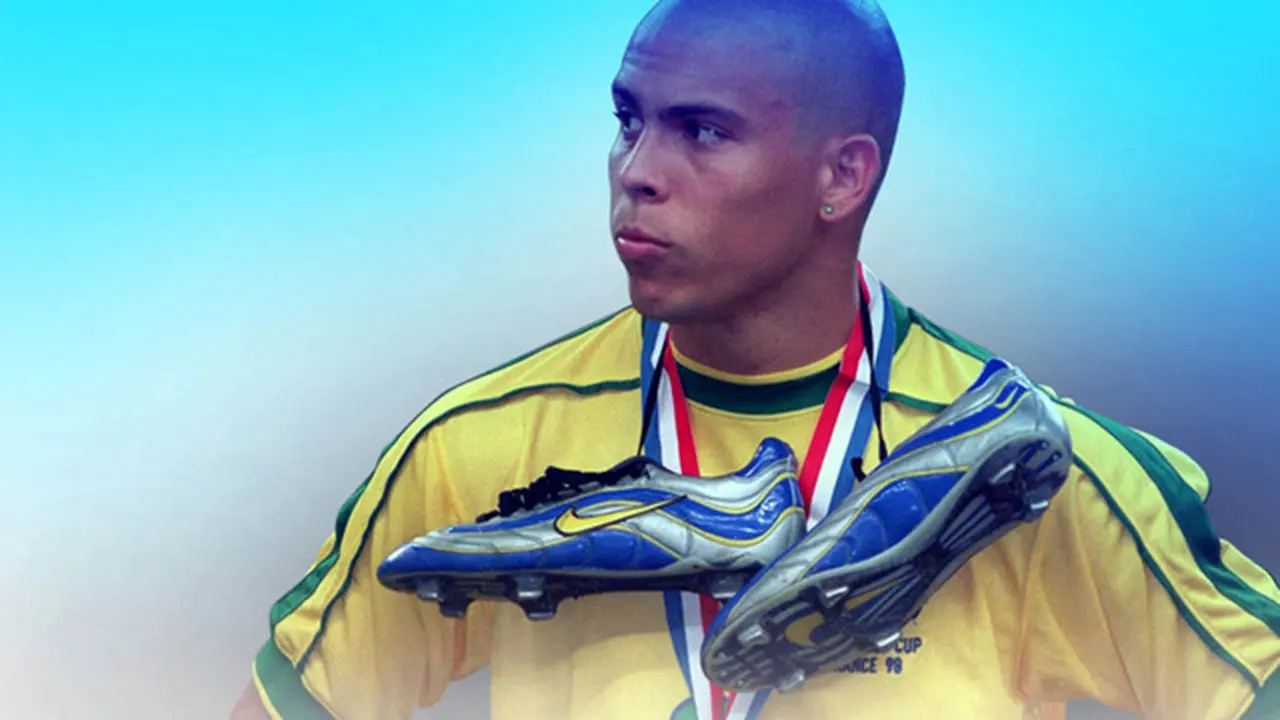
Brazilian forward Ronaldo Nazario was arguably football’s biggest name in the mid to late 1990s. He was an absolute terror to opposing defenders with his speed and ruthlessness in front of goal. There was seemingly no possible way to stop the one they had dubbed “Il Fenomeno”.
At the time, Ronaldo was coming off a 47 goal season in his one year at Barcelona followed by a 34 goal season in his first year with Inter. Brazil were heavy favorites to defend their crown at the 1998 World Cup in France with Ronaldo’s blistering form a major factor. Ronaldo would play an impressive tournament up until the final against host nation France. He had reportedly gotten sick on the day of the match, making it an admirable feat that he was able to take to the field at all. One of the most famous images of the tournament was a photograph of the Brazilian superstar with his Nike Mercurial boots dangling around his neck as he received his silver medal. Nike went with synthetic materials in the fabrication of this model, making the pair much lighter than its counterparts. The Mercurial boots together would astoundingly weigh in at less than 400g.
Ronaldo and Brazil would have their redemption at the 2002 World Cup in Japan and South Korea. Donning the Nike Mercurial Vapor boots, Brazil would go on to lift the World Cup trophy yet again and Ronaldo would finish the tournament as the top scorer, winning the Golden Boot with eight goals.
Find some of the best betting odds here!
A Bright Future for Football Boots
As you can see from a few of these interesting stories, football boots have certainly come a long way. We’re at the point now where the technology is at an all-time high level and the players’ preferences have a significant impact in the industry as well. For example, it’s not uncommon now to see colors that were previously thought to be “exotic”. Old trends, such as all-black football boots, have died out with players such as Cristiano Ronaldo even remarking that black boots “look slow”.
The sports shoe industry as a whole has tremendous popularity and fervent fans obsessed with collecting rare models. Rio Ferdinand once studded three pairs of football boots with a combined 7,444 precious gems that would be valued at £325,000, although they would go on to be auctioned off at a much lower price.
Of course, you don’t have to take the route of encrusting diamonds into your own football boots. Simply use them to play this beautiful game.
About 1xBet
With over a decade of experience in the online betting industry, 1xBet has become a premier desination for seasoned punters and beginners alike. With a consistent offering of above market average betting odds, more than 1,000 sporting events available to bet on each day and over 30 betting markets for each even on average, it's easy to see why 1xBet has risen in popularity so quickly. Interested in learning more? Simply head over to our 1xBet Opinion page to learn more about this exciting online sports betting site. You can also check out our 1xBet Bonus review page for more information on an exclusive first-time deposit bonus available for new users. Finally, our 1xBet Promo Code page will detail everything you need to know on how to implement our exclusive promotional code as well as the latest offers available at 1xBet.
